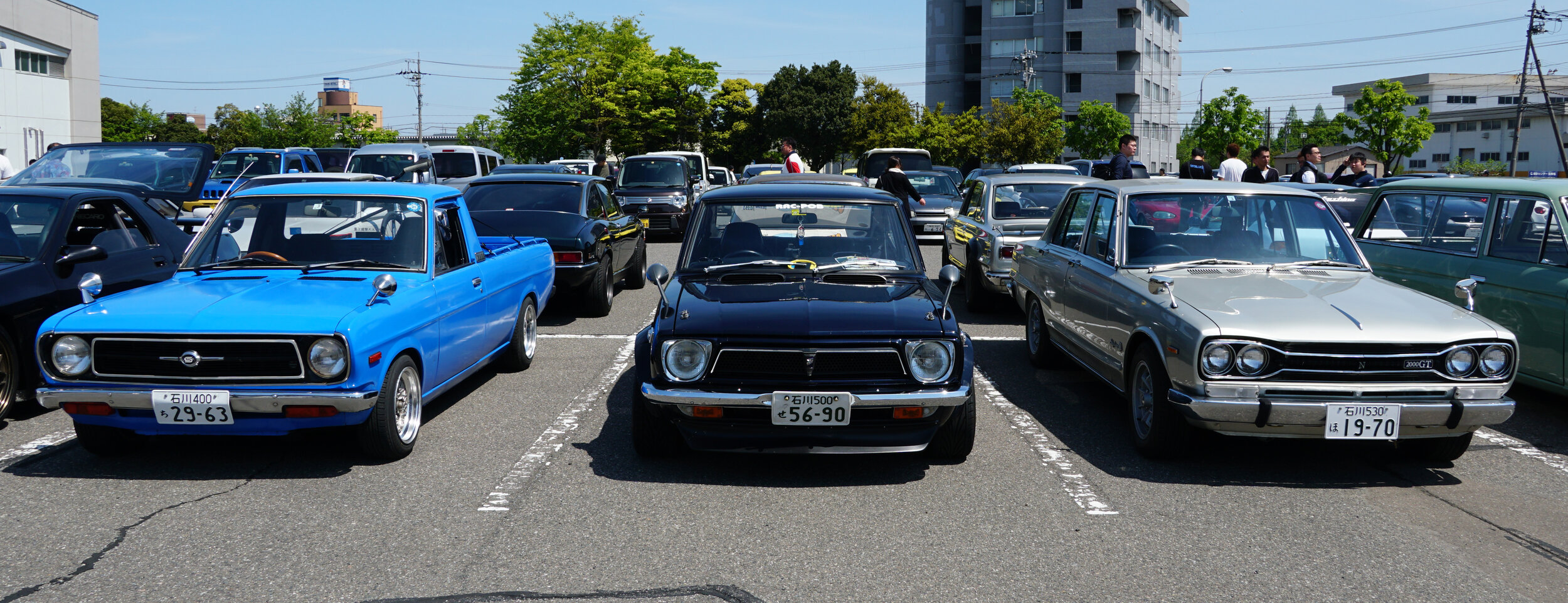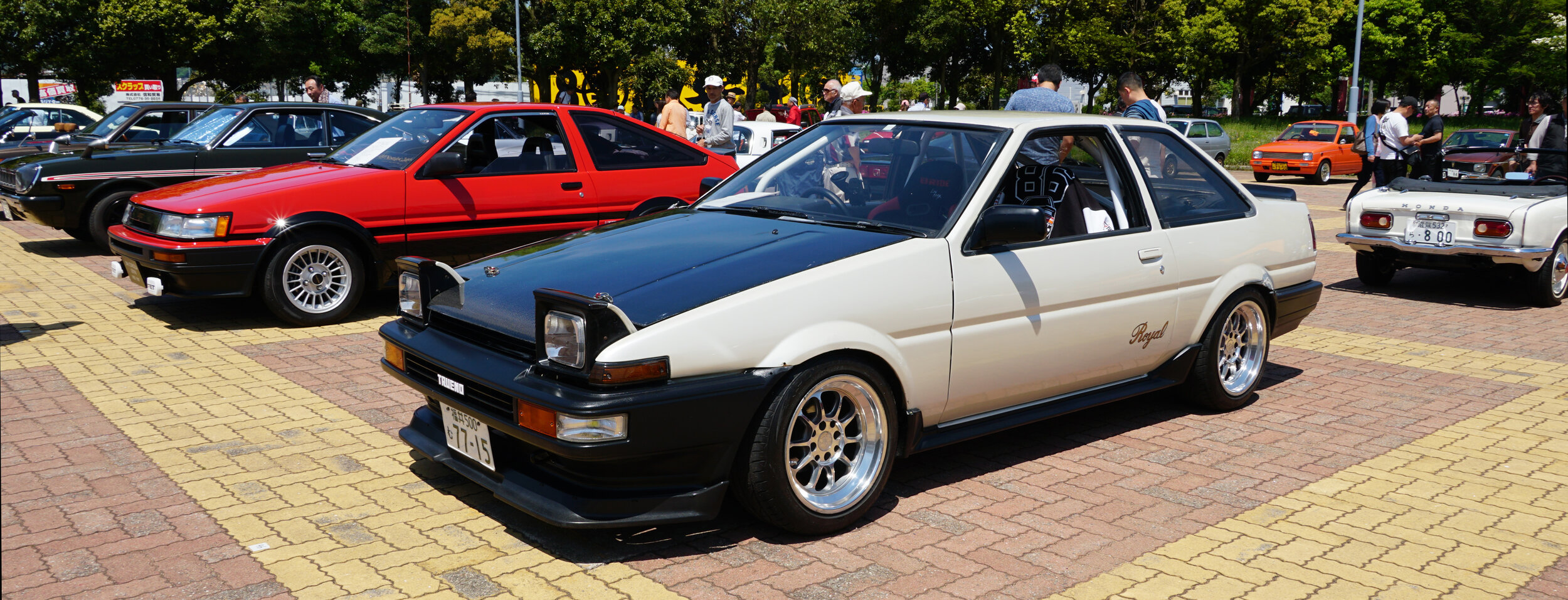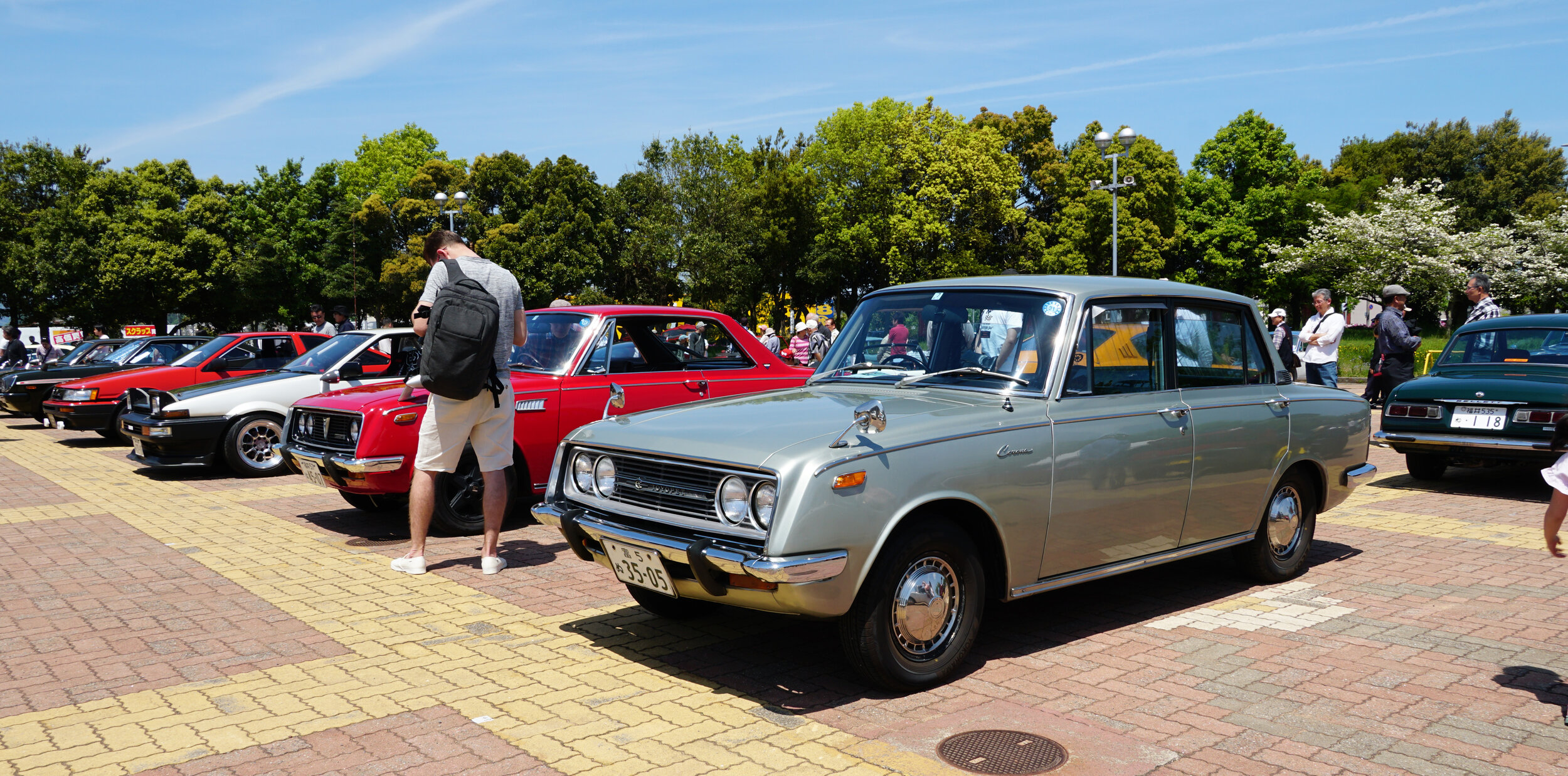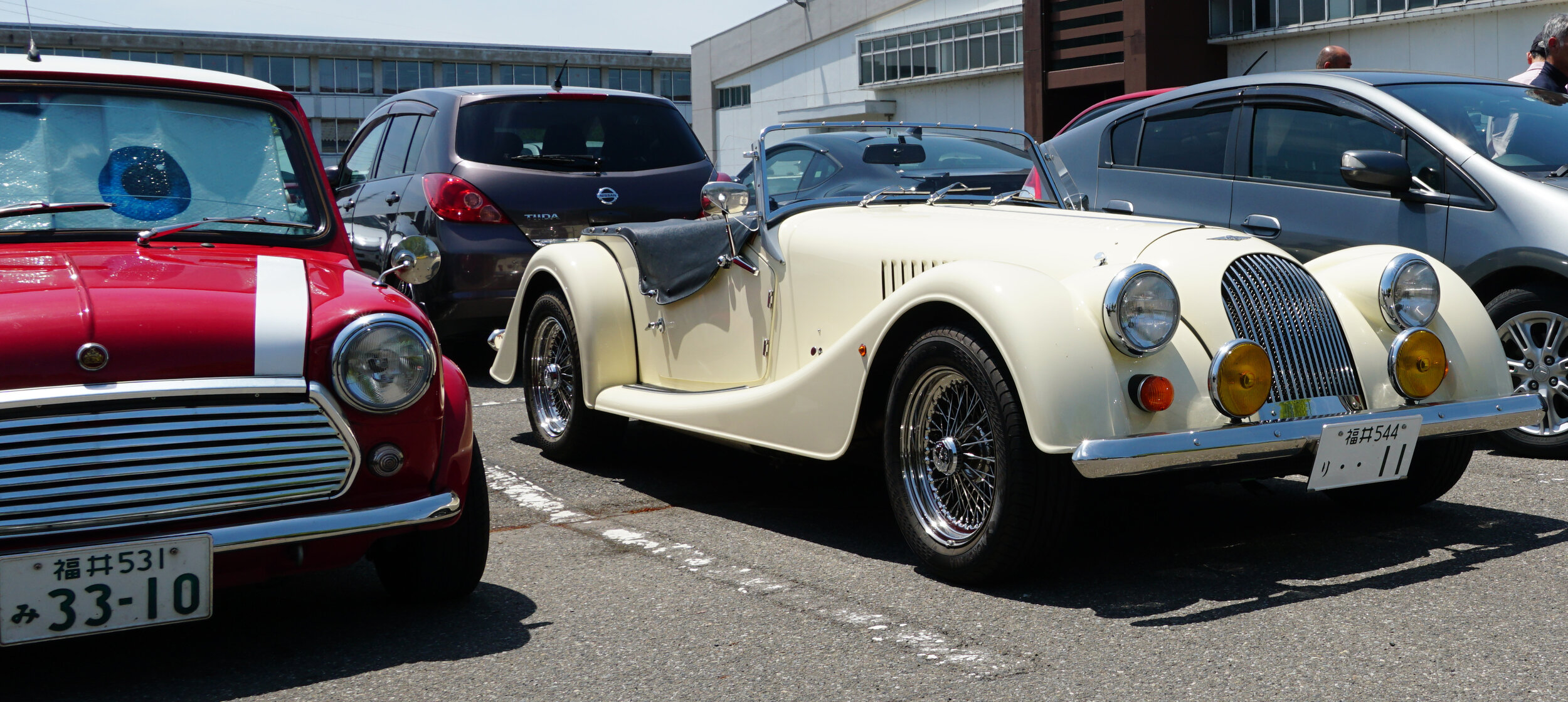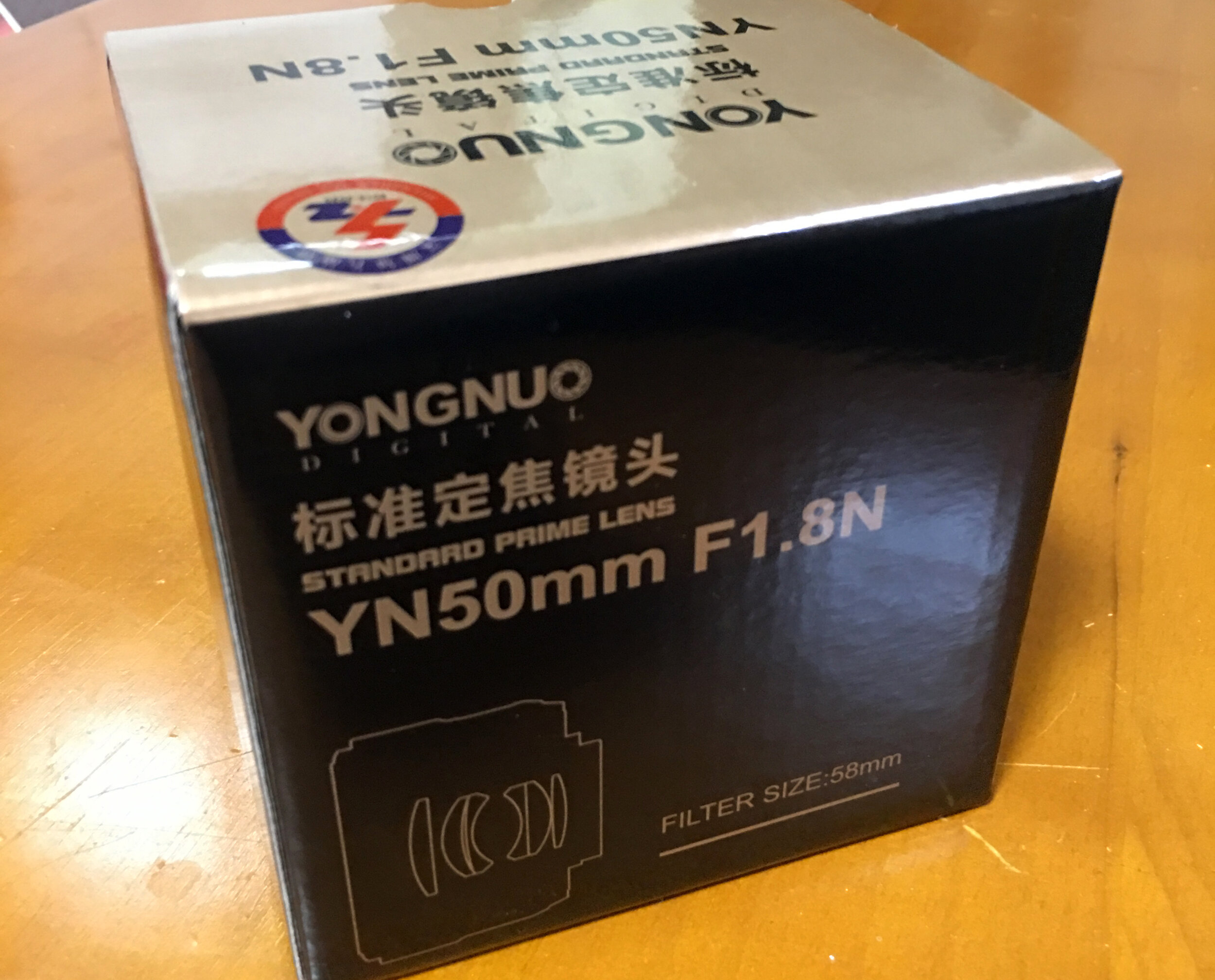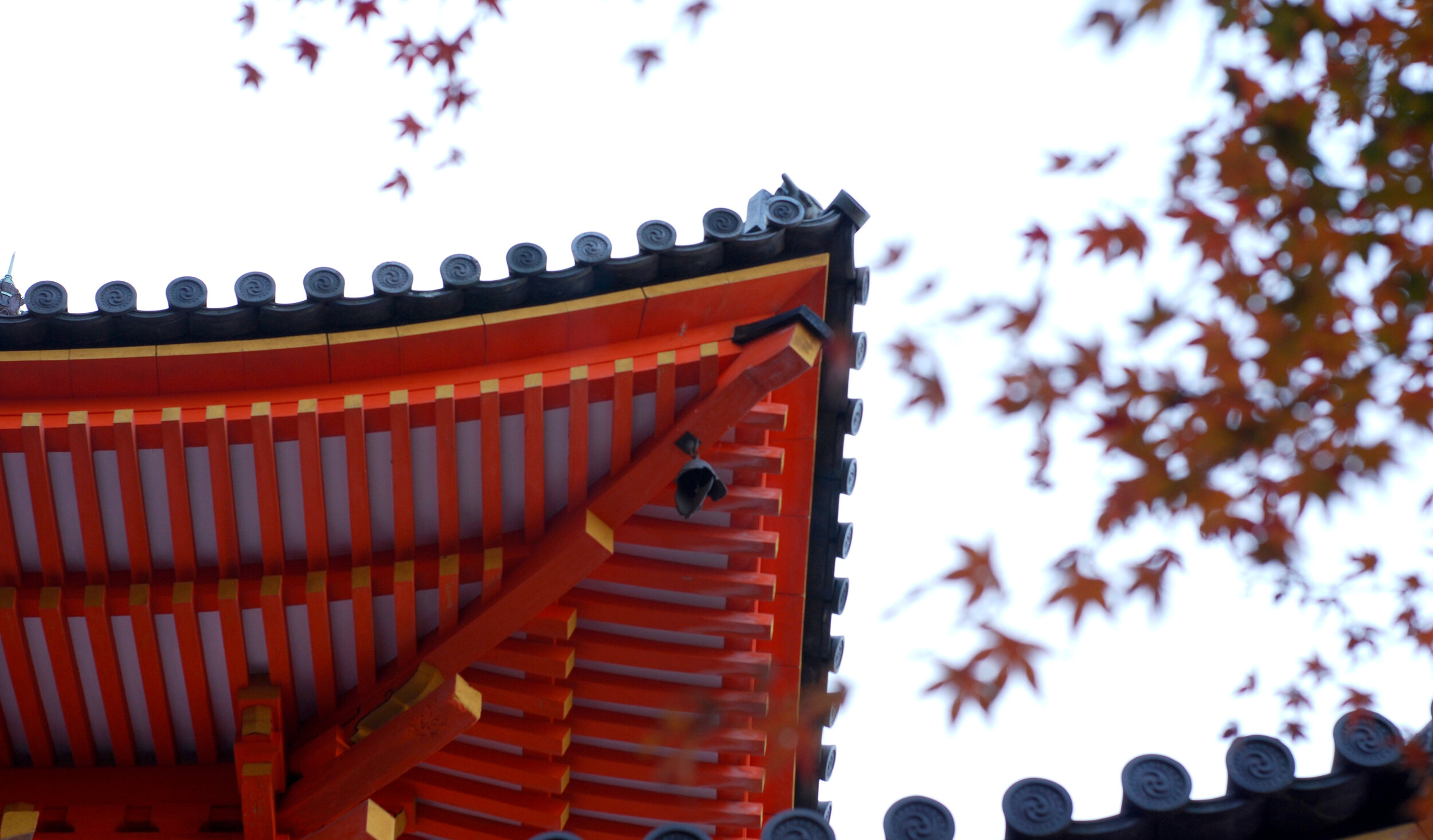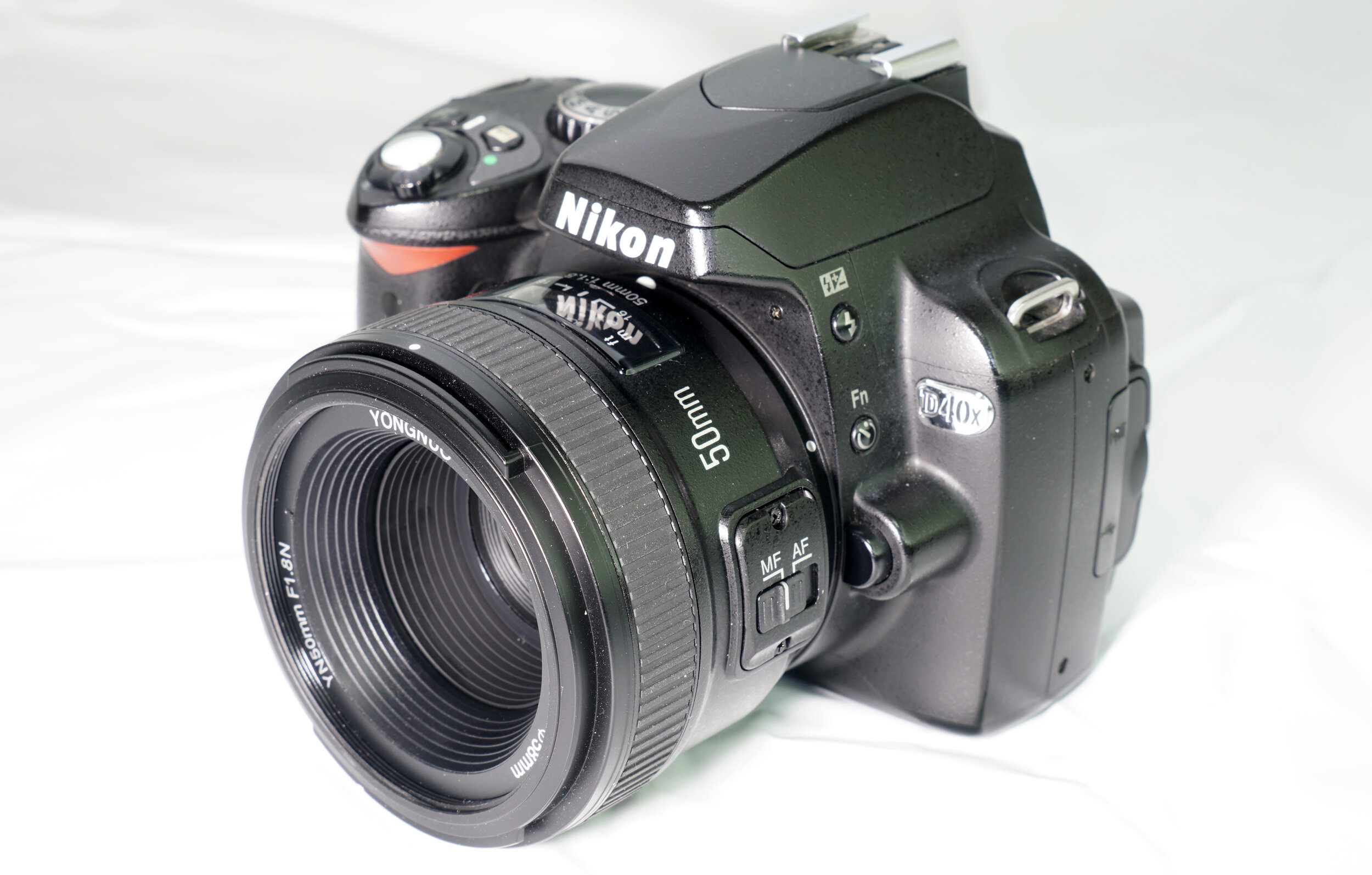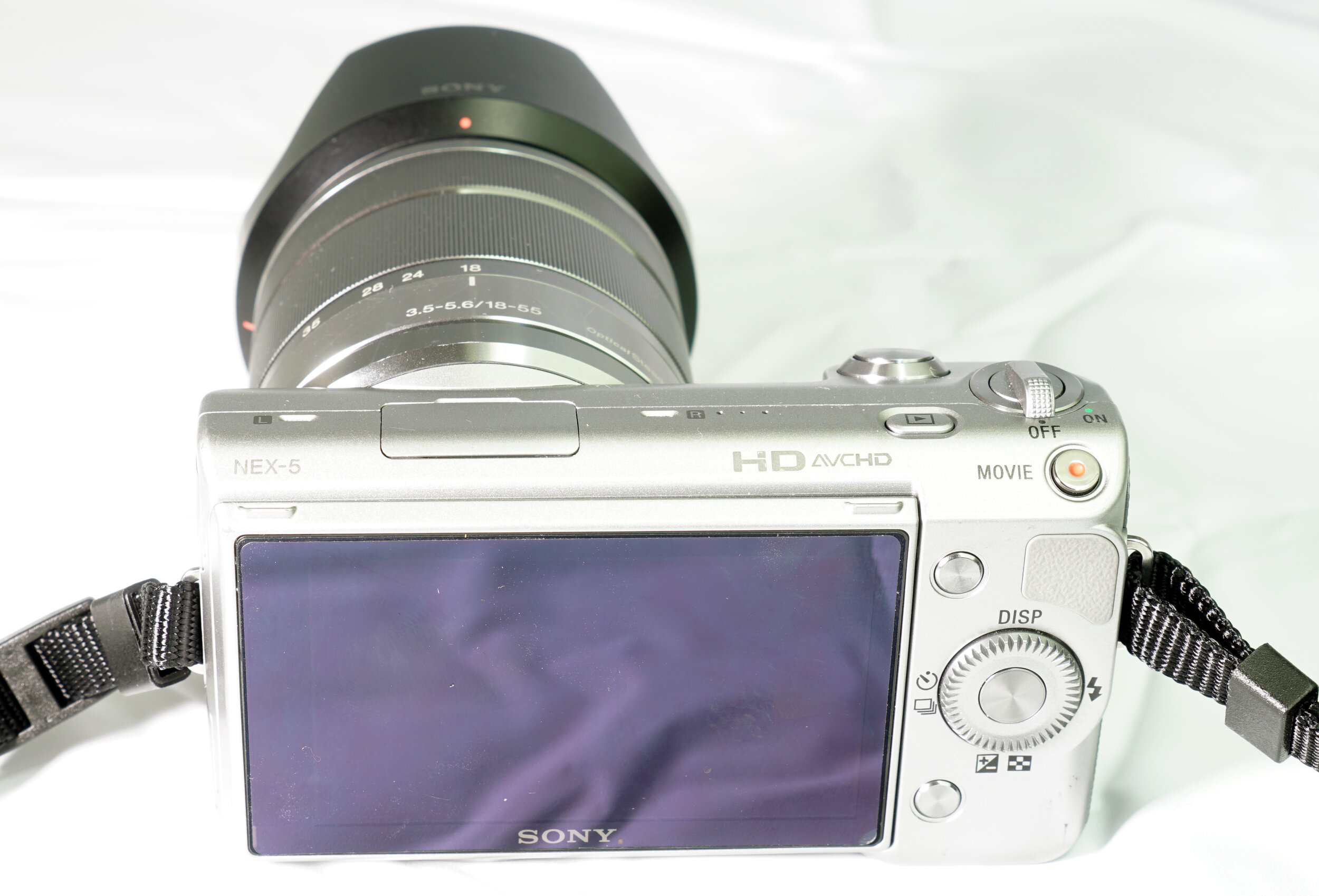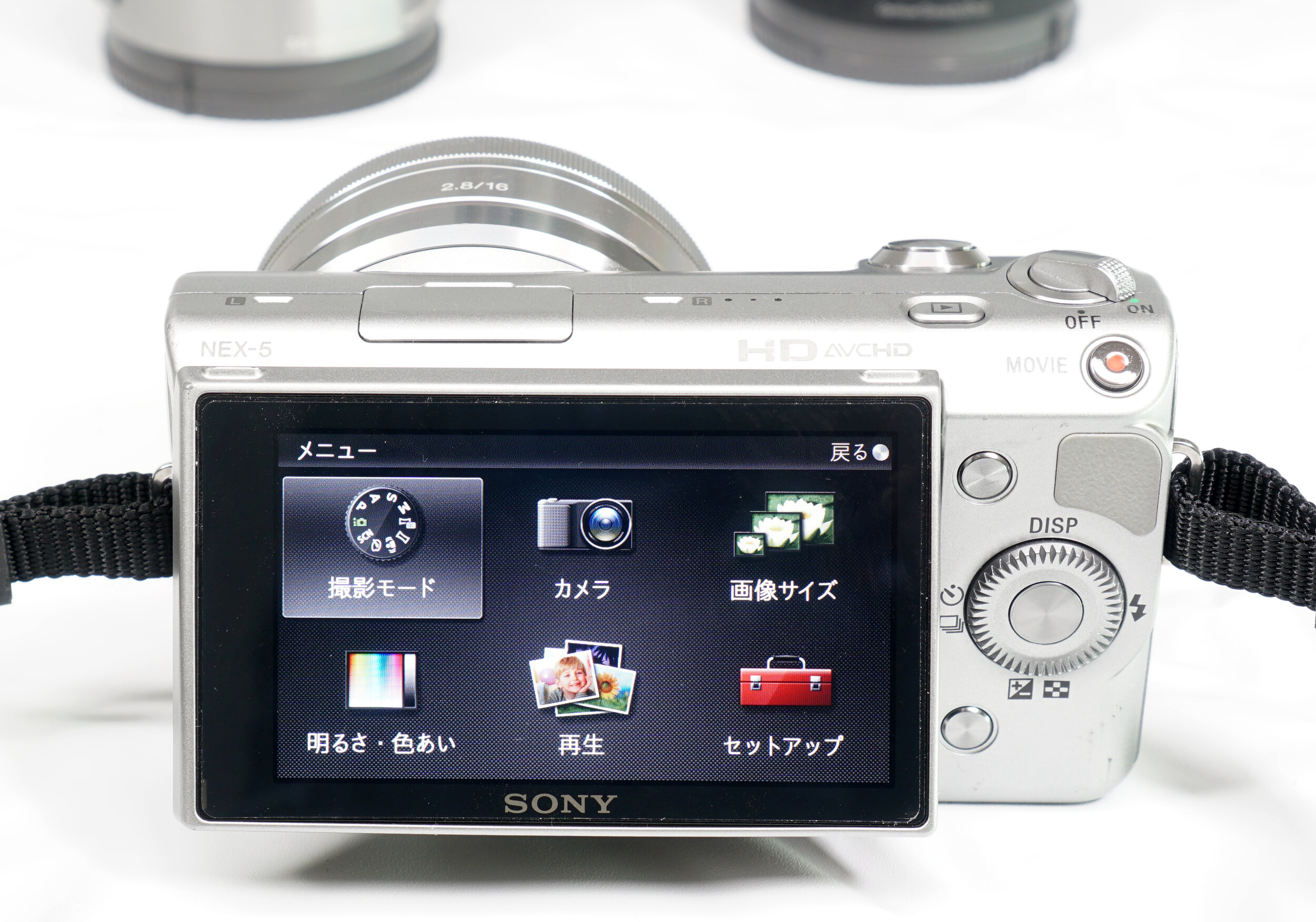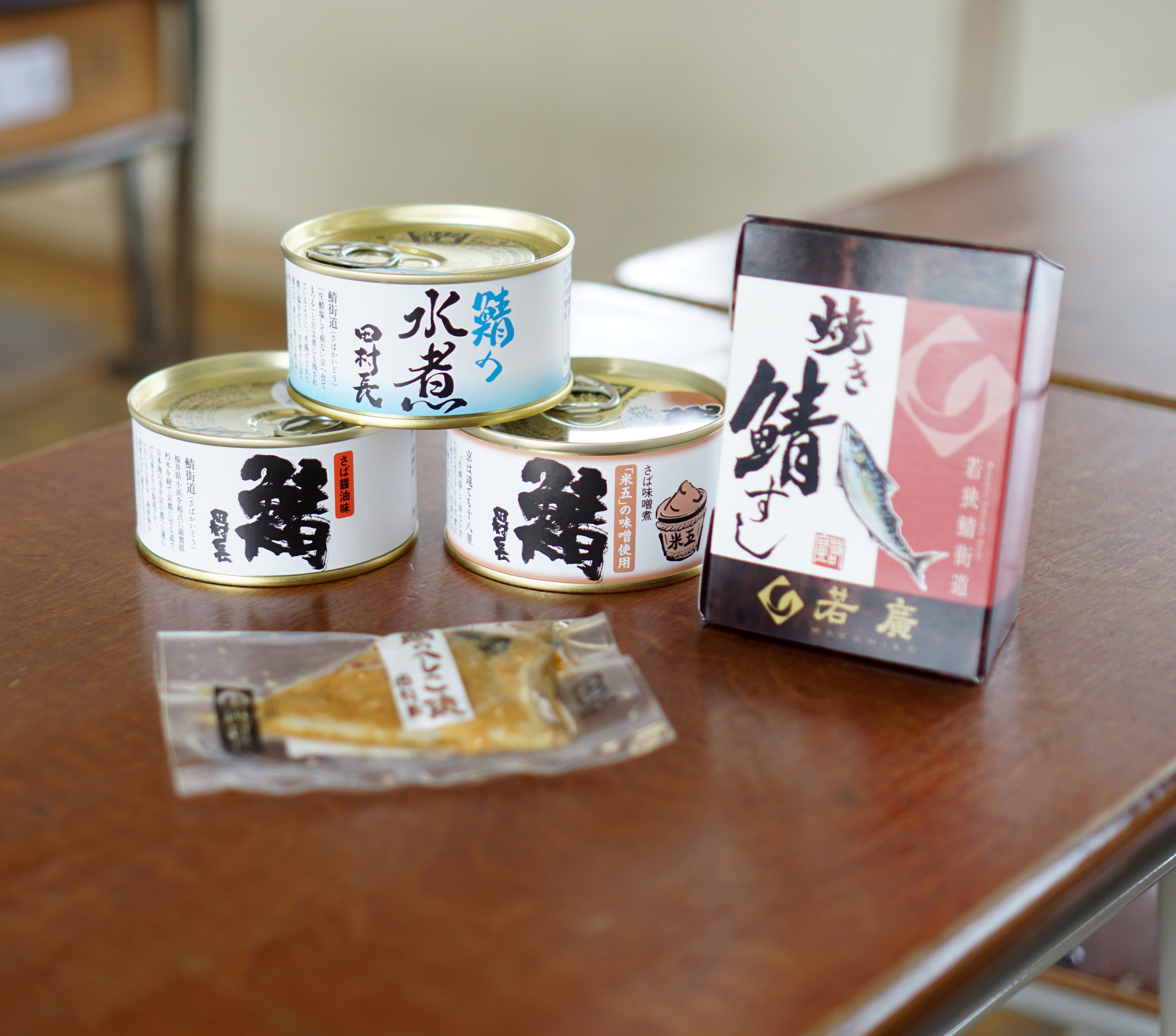Fukui Classic Car Meeting 2019 in Fukui City, Fukui
Two friends and I headed up on a nice, clear spring day last year to check out cars near Fukui City. Matsuda-san drove his awesome Chevrolet. So cool and so classic.
We arrived in the late morning to see quite a crowd. I was pretty surprised that there were these many car enthusiasts in Fukui Prefecture. Honestly, day-to-day, I rarely see any decently modified cars. Usually, they have some slightly nice wheels, but that’s about the extent I see typically.
There are lots of JDM older cars like Skylines.
Unfortunately for Matsuda-san hoping to represent other US classic import cars, there were not many other American or European import cars. Personally I was impressed with the range. I have never seen these many cool cars in one spot in Fukui.
Better to just enjoy the pictures…
It might have been called a Mazda Cosmo Show, with about a half-dozen pristine examples…
…along with a dozen Corolla variants.
Are MR2s old enough to be considered a “classic” already? Man, I ‘m getting old…
Okay, this is just ridiculous. NSXs are not classics. But they sure are still gorgeous.
This was perhaps my favorite car of the show… a Daihatsu Mira. While most may think it’s pretty pedestrian, given that it used to be an extremely common car (well, the newer ones still are a dime-a-dozen), this one was bought new by one owner ever since 1986. The car remains in superb condition and he has quite a few photos to prove his travels around the country… He even still has the original window sticker! One has to appreciate the love he has for his car.
The remainder of the parking lot was no less exciting…
There’s an NA Miata under this… cowl.
A few exotics made a showing, like this 458.
As you can tell, I have a bit of an affinity for an old Fairlady Z.
There were plenty of other cars in attendance, but I couldn’t possibly upload them all! Let me know if a car catches your eye, I’ll upload more if anyone requests.
Now that it’s spring soon, I’m looking forward to this years’ event! I hope to see you there!



